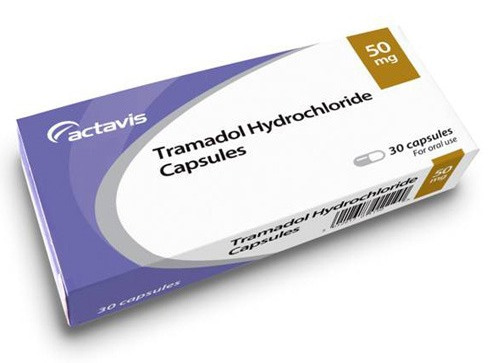- Your cart is empty
- Continue Shopping
Tramadol Interactions: What You Need to Know
- Tramadol
- Posted on
-
by admin247
- 0 comments

what is tramadol
In the realm of pain relief, Tramadol has become a commonly prescribed medication, especially for those battling moderate to moderately severe pain. But what exactly is Tramadol? Let’s dive into its uses, benefits, and the precautions every user should be aware of.
What is Tramadol?
Tramadol is a prescription medication that falls under the category of opioid analgesics. Its primary function is to alter the way the brain perceives and responds to pain. Unlike other potent opioids, Tramadol also affects neurotransmitters like serotonin and norepinephrine, which can aid in pain modulation.
Key Uses
- Pain Relief: The primary use of Tramadol is to treat pain, whether acute (short-lived) or chronic (long-term). Its unique mechanism offers relief to patients who might not find other pain relief methods effective.
- Neuropathic Pain: Tramadol is sometimes prescribed for neuropathic pain, a type of pain resulting from nerve damage.
Benefits of Tramadol
- Versatility: Tramadol is effective for both nociceptive pain (like post-surgical pain) and neuropathic pain, which not all pain relievers can claim.
- Lower Risk: Compared to stronger opioids like morphine or oxycodone, Tramadol often presents a lower risk of addiction and respiratory depression, although the risk is still present.
Precautions and Considerations
- Serotonin Syndrome: Because Tramadol affects serotonin levels, it carries a risk of causing serotonin syndrome, especially if combined with other serotonin-increasing drugs. This is a potentially life-threatening condition that requires immediate medical attention.
- Potential for Misuse: Like all opioids, there’s a potential for misuse. It’s crucial for patients to take the medication precisely as prescribed and be mindful of any feelings of dependency.
- Side Effects: Common side effects include dizziness, nausea, constipation, and drowsiness. Users should be aware of how Tramadol affects them and refrain from activities like driving if they feel drowsy or impaired.
- Interactions: Tramadol can interact with many other medications, from antidepressants to certain migraine medications, which can increase the risk of side effects.
Conclusion
Tramadol, when used responsibly, can be a powerful tool in the battle against pain. However, like all medications, it’s essential to be informed and use it with caution. Always consult with a healthcare professional about potential risks and benefits, and ensure you’re using any medication as safely and effectively as possible.
what is tramadolwhat is tramadol



